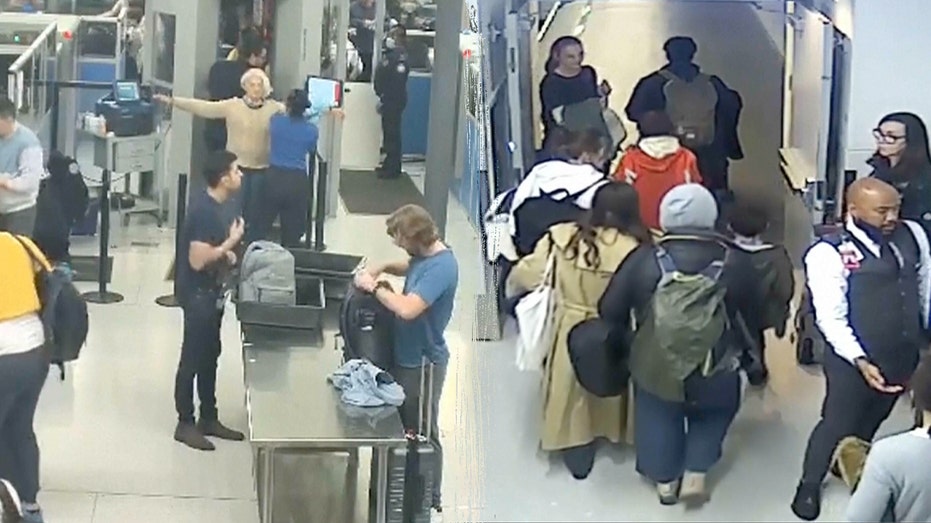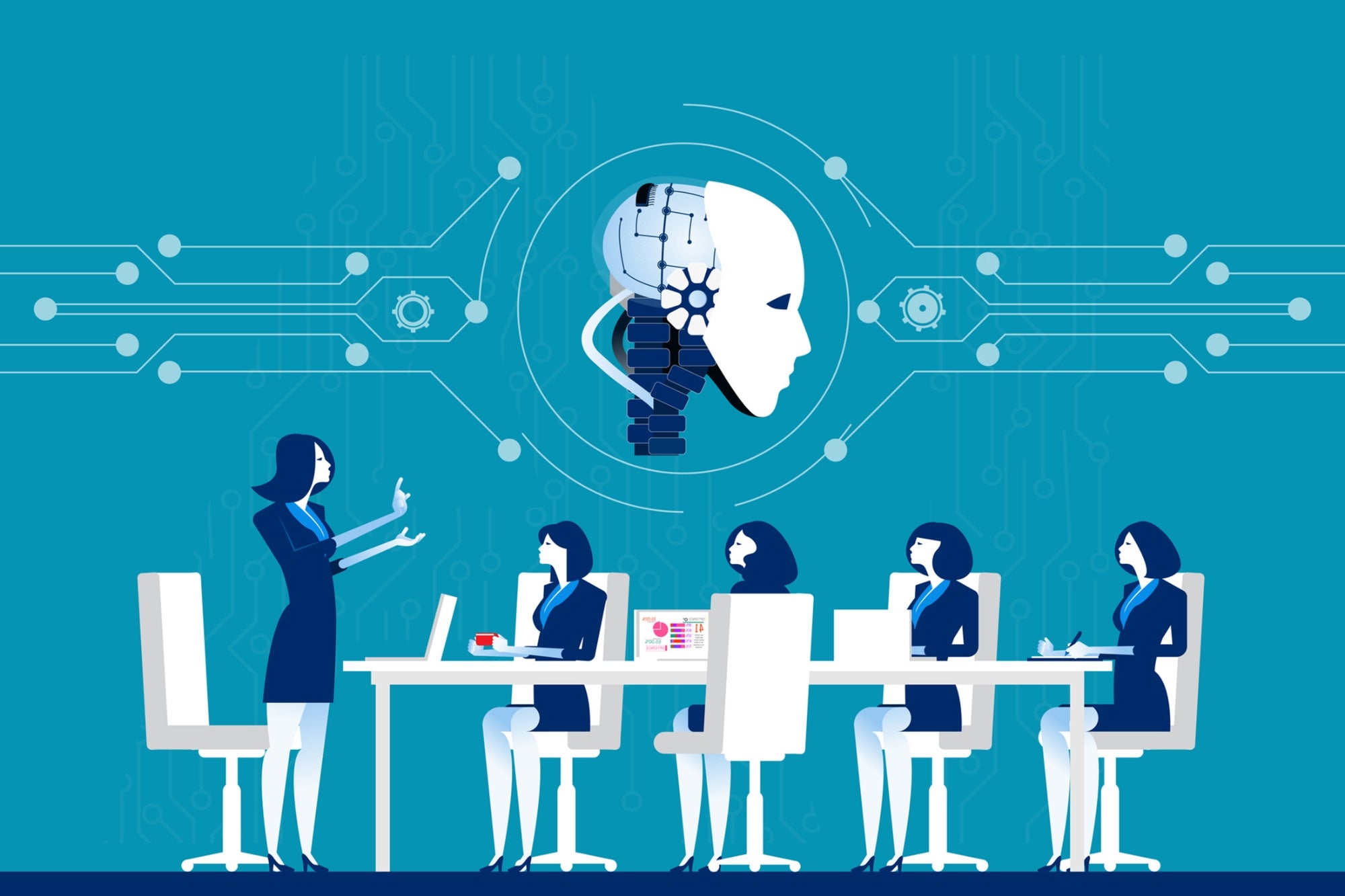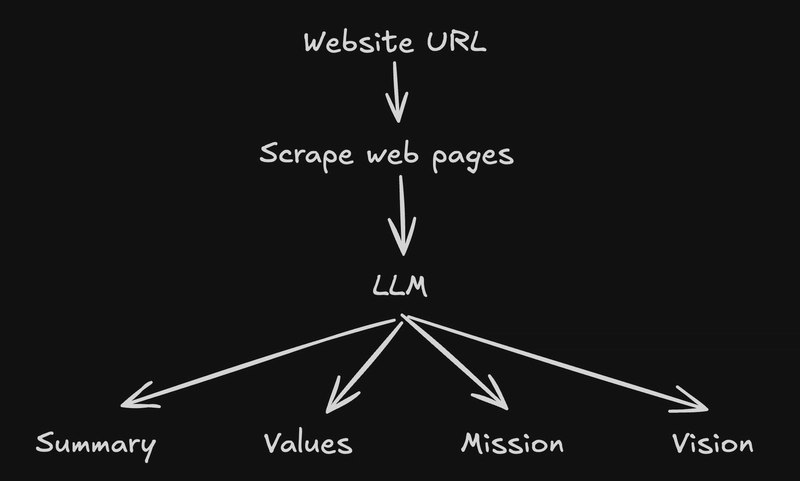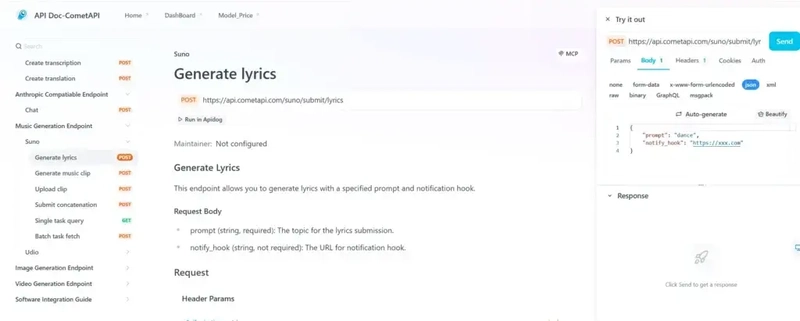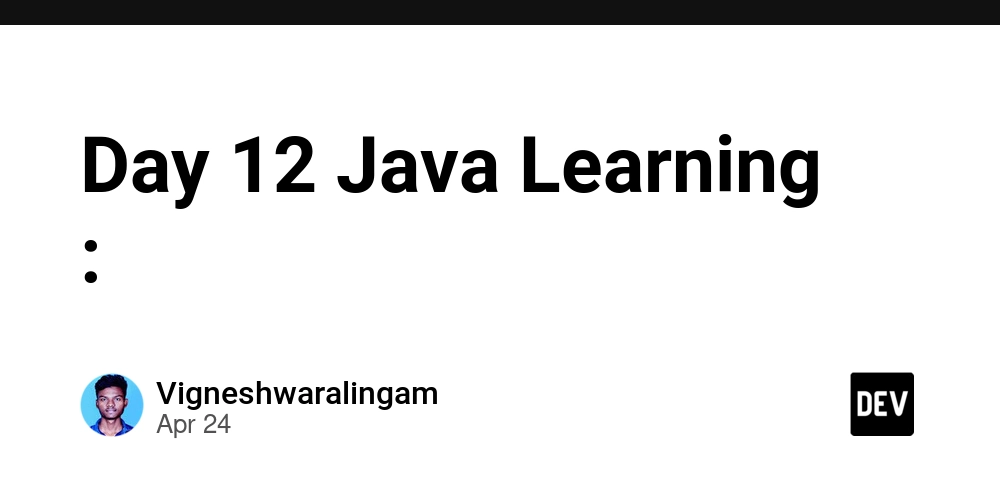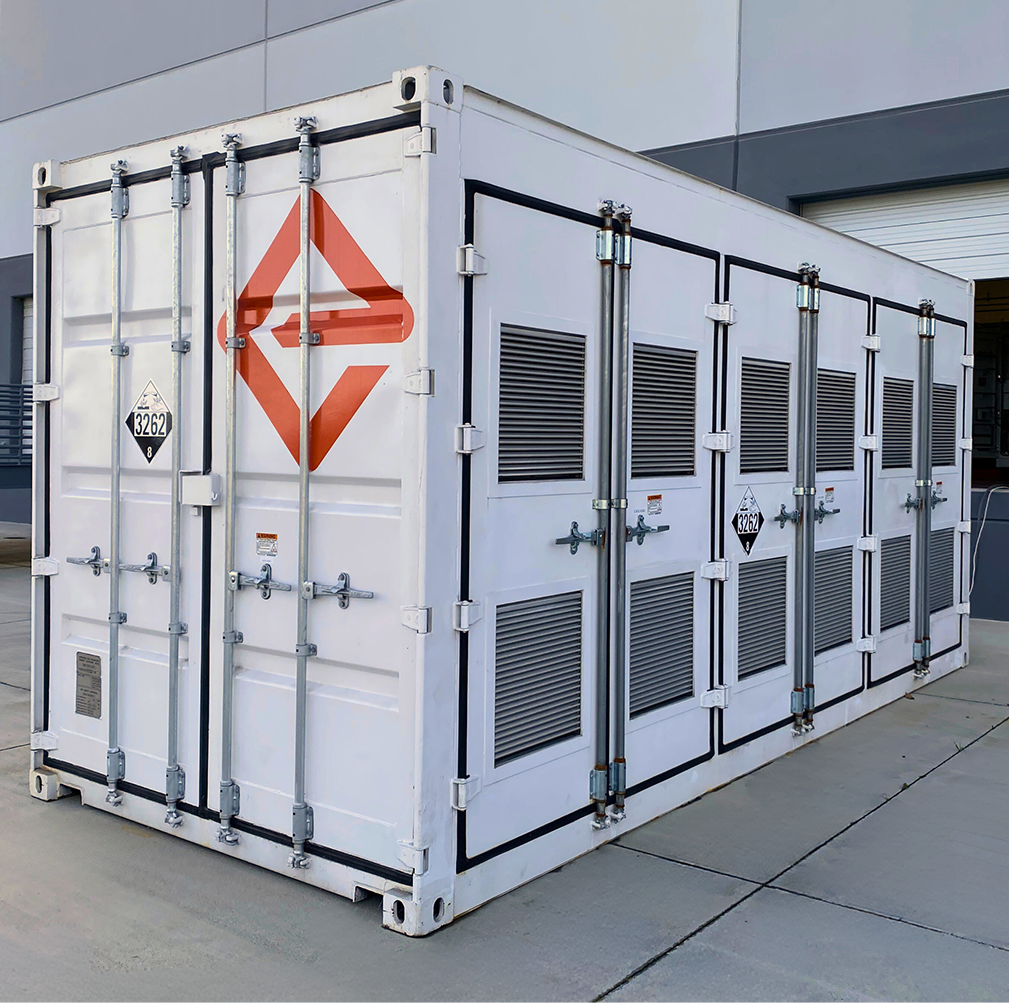Can AI help reduce math anxiety?
As AI becomes more widespread in education, more than half of high school students (56 percent) polled think it can go a long way in reducing math anxiety, a new global survey shows.


Key points:
- AI’s instant feedback may help students from feeling lost during instruction
- Most teachers agree AI is a time-saver
- With AI coaching, a math platform helps students tackle tough concepts
- For more news on AI and instruction, visit eSN’s Digital Learning hub
This press release originally appeared online.
As AI becomes more widespread in education, more than half of high school students (56 percent) polled think it can go a long way in reducing math anxiety, a new global survey shows.
In fact, 15 percent of those queried reported that they personally experienced a decrease in math anxiety–and 21 percent found that their math scores improved–by using AI, according to the survey, conducted in March by Philadelphia-based Society for Industrial and Applied Mathematics (SIAM).
The survey polled 1,500 11th and 12th grade students from across the U.S. and sixth form students in England and Wales–as well as 250 of their teachers–to get their insights on the impact of AI on math education. The 16- to 18-year-old students queried are participants in this year’s MathWorks Math Modeling Challenge (M3 Challenge), an annual internet-based, intensive math modeling contest organized by SIAM.
How can AI help reduce math anxiety? The majority (61 percent) of student respondents suggested that because AI provides instant help, clarification, and feedback, students may worry less about feeling lost in a crowded classroom.
Other reasons included AI’s ability to: build confidence by providing round-the-clock help and enabling students to ask questions and get clarification at their own pace in a nonjudgmental setting (44 percent); deliver a personalized approach that improves students’ learning experience and makes math more accessible and understandable (33 percent); and reduce students’ fear of making mistakes by providing guidance without having to ask questions in front of other students (25 percent).
“Math anxiety is a longtime issue affecting millions of people of all ages worldwide, yet to date, there hasn’t been a universal solution,” said Dr. Karen Bliss, Senior Manager of Education and Outreach at SIAM. “This survey suggests that AI may be a potentially effective path forward.”
Teacher, student views on AI and math
Dr. Bliss points out that, in contrast to student responses, only 19 percent of teachers queried think using AI for math coursework can reduce math anxiety, while more than half (54 percent) are unsure. “Still, it’s clear that the majority of teachers see a place for AI in math education,” she said.
When asked for their best advice when it comes to AI and math education, for example, 61 percent of educators polled suggested that students view AI as a mentor or study partner rather than a crutch, while nearly half (49 percent) see value for students in using AI for help with the process of learning math concepts, rather than to give answers. Almost a quarter (24 percent) of teachers recommended that students create AI-powered flashcards and personalized study plans to help them understand class materials and prepare for tests in the way they learn best.
Expressing their views about AI and math instruction, more than 64 percent of teachers say that it’s best used in coordination with human education from teachers to help students create a bridge between prior and new knowledge. One in five educators believe that AI is the way of the future and both teachers and students will need to embrace it to succeed, while 17 percent stated that AI can be as valuable as textbooks to teach students concepts.
From the students’ perspective, 43 percent of student respondents said they believe there’s a place for AI in math education and it’s best used in coordination with human education from teachers, and nearly a third said AI tools have the potential to revolutionize math education by reducing math anxiety among students.
Nearly half of students said AI tools help them understand concepts without having to get a tutor, while one in three noted that these tools help them learn and understand concepts faster.
Effect on student-teacher relationship
With AI use increasing in the classroom, the survey asked respondents if they find that the teaching experience or student-teacher dynamic has changed. “Interestingly, about a third of both students (35 percent) and teachers (31 percent) reported that AI has an impact on the teaching experience and student-teacher relationships,” Dr. Bliss said.
How could or should the math teacher’s role change as a result of student AI use? Almost a third of both groups said that teachers should put more weight on tests–where AI can’t be used–as opposed to homework and class assignments, to ensure student understanding of materials.
More than a third of educators (35 percent) expressed that math teachers should master AI themselves to be able to properly vet and maximize their students’ use of AI.
A quarter of each group noted that due to AI’s ability to handle routine math practice and assessment, teachers can focus more on one-on-one interactions, addressing specific student needs, and nurturing a more supportive learning environment.
“AI has prompted a trend towards many students preferring independent learning, which can have a positive impact on their math education,” said Dr. Eleanor Jenkins, SIAM Vice President for Education and M3 Challenge judge. “This may present new opportunities for math educators, such as enabling teachers to spend more time overseeing and directing students than reviewing concepts. Teachers may also consider using AI to teach students the basics of math so they can spend more time explaining its real-life applications, something they can do more effectively than AI can.”
Now in its 20th year, M3 Challenge involves high school juniors and seniors, and sixth form students, working in small teams for 14 consecutive hours to devise a solution to a real-world problem using mathematical modeling. Of the hundreds of participating teams, nine finalist teams were selected from across the U.S., England, and Wales, after having their submissions judged by an international panel of Ph.D.-level mathematicians. Finalist teams will receive an all-expenses-paid trip to New York City to participate in the competition’s final judging event, which will take place on April 28.
Sponsored by MathWorks, the leading developer of mathematical computing software, M3Challenge spotlights applied mathematics and technical computing as powerful problem-solving tools and viable, exciting professions. This year’s competition, which will award more than US$100,000 (~£75,000) in scholarship prizes, asked students to use math modeling to devise a solution for local U.S. and U.K. authorities to deal with widespread power outages that are threatening communities as global temperatures rise and heat waves become more frequent and intense. It drew the participation of more than 3,600 students across 794 teams.
Learn more about M3 Challenge and the 2025 challenge problem.
See the full list of schools with winning teams.

